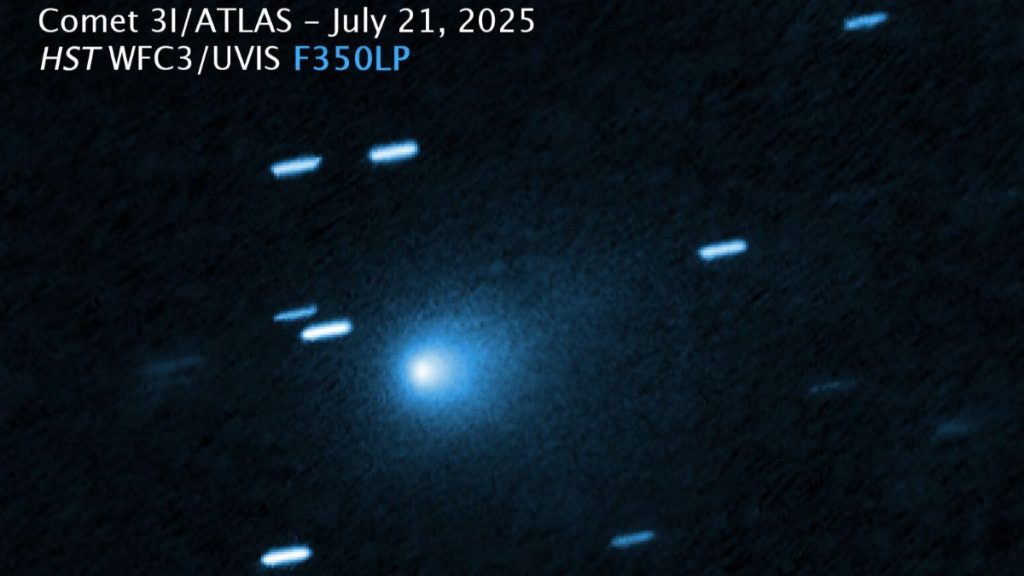The radar systems used to monitor air traffic at major airports generate a staggering 2,000 trillion watts of energy.
Others are reading now
Scientists believe extraterrestrial civilizations might be able to detect powerful radar signals emitted by major international airports.
According to new research, airports like London Heathrow and New York JFK are inadvertently beaming signals into deep space, potentially alerting alien worlds to our presence.
2,000 Trillion Watts Beaming into Space

The radar systems used to monitor air traffic at major airports generate a staggering 2,000 trillion watts of energy.
These signals, while meant to guide planes, are powerful enough to escape Earth’s atmosphere and travel into the cosmos.
Signals Could Be Detected 200 Light Years Away

Researchers say the signals could be picked up as far as 200 light years from Earth, a range that includes thousands of exoplanets.
Also read
That means advanced alien civilizations with sensitive enough equipment could detect these emissions and study us from afar.
Earth’s Rotation Causes Signal Fluctuations

The radar signal isn’t constant. Due to Earth’s rotation, the strength of the beam changes over a 24-hour cycle.
This fluctuating pattern could be a giveaway to any civilization monitoring Earth, highlighting not only our location but also our planet’s daily rhythm.
A ‘Universal Sign’ of Intelligent Life?

Lead researcher Ramiro Caisse Saide from the University of Manchester described these emissions as an accidental beacon of technology.
“Radar signals… could act as a universal sign of intelligent life,” he told BBC Science Focus, suggesting any planet with complex aviation would produce similar detectable signals.
Also read
Green Bank Telescope Could Catch It — Even from Afar

To underscore the strength of the emissions, researchers compared it to the capabilities of Earth’s Green Bank Telescope in West Virginia.
The telescope is so sensitive it could detect similar radar signals from another world 200 light years away, making eavesdropping by aliens entirely plausible.
The Andromeda Galaxy Is Too Far, But Nearby Planets Aren’t

While our nearest galactic neighbour, the Andromeda Galaxy, is far beyond radar range at 2.5 million light years away, thousands of planets within 200 light years are potential listeners.
These worlds, if inhabited, could have eyes, or ears, on us already.
The Debate Heats Up: Are We Being Watched?

Speculation around alien observation is nothing new, but this study adds scientific weight. Combined with past theories, it’s fuelling renewed interest in how, or if we’re being monitored by beings far beyond our world.
Also read
‘Headlight’ UFO Fuels Alien Mothership Claims

Adding to the mystery, Harvard’s Avi Loeb believes an interstellar object currently moving through our solar system, 3I/ATLAS, is emitting light similar to “a vehicle turning on its headlights.” He even suggests it might be powered by nuclear energy, a potential alien spacecraft.
Loeb: A Probe Testing Our Intelligence?

Loeb’s claims, while controversial, raise questions about alien intent. Could 3I/ATLAS be a probe, designed to observe humanity’s technological progress?
While NASA believes it’s just a comet, Loeb remains convinced it may be a creation of “technological design.”


